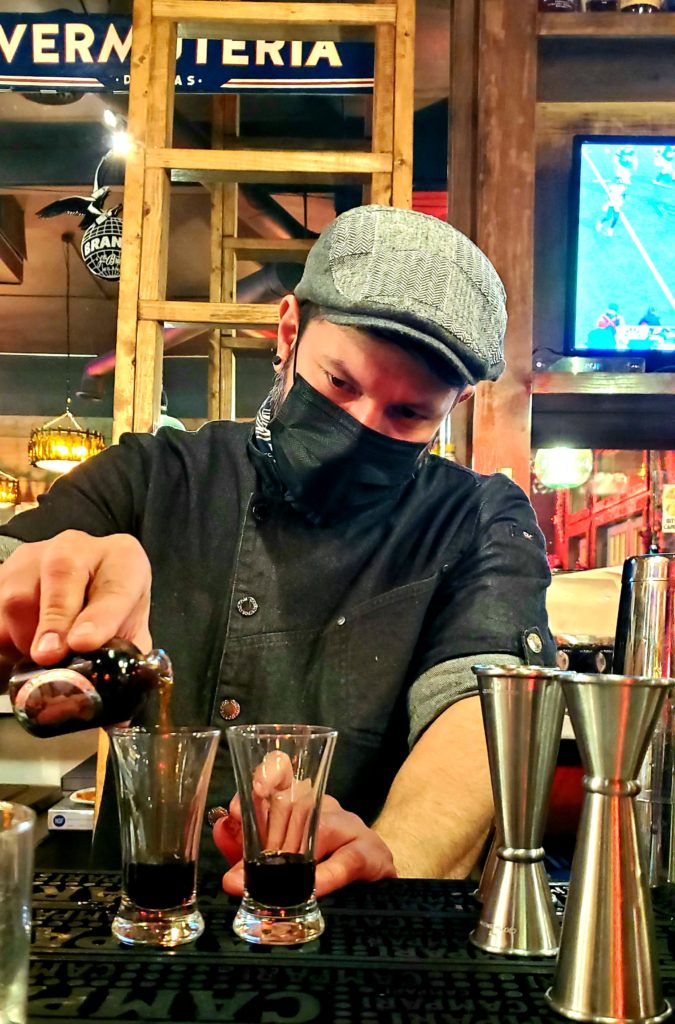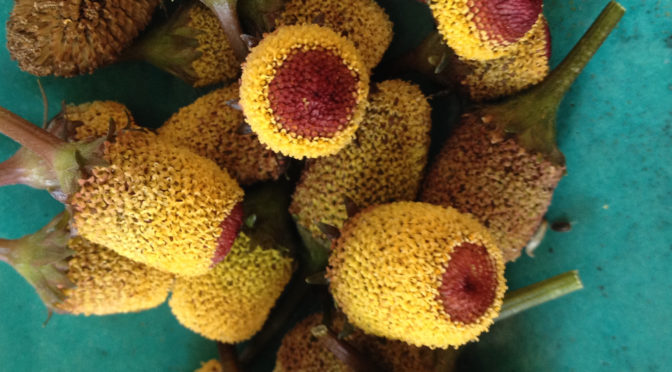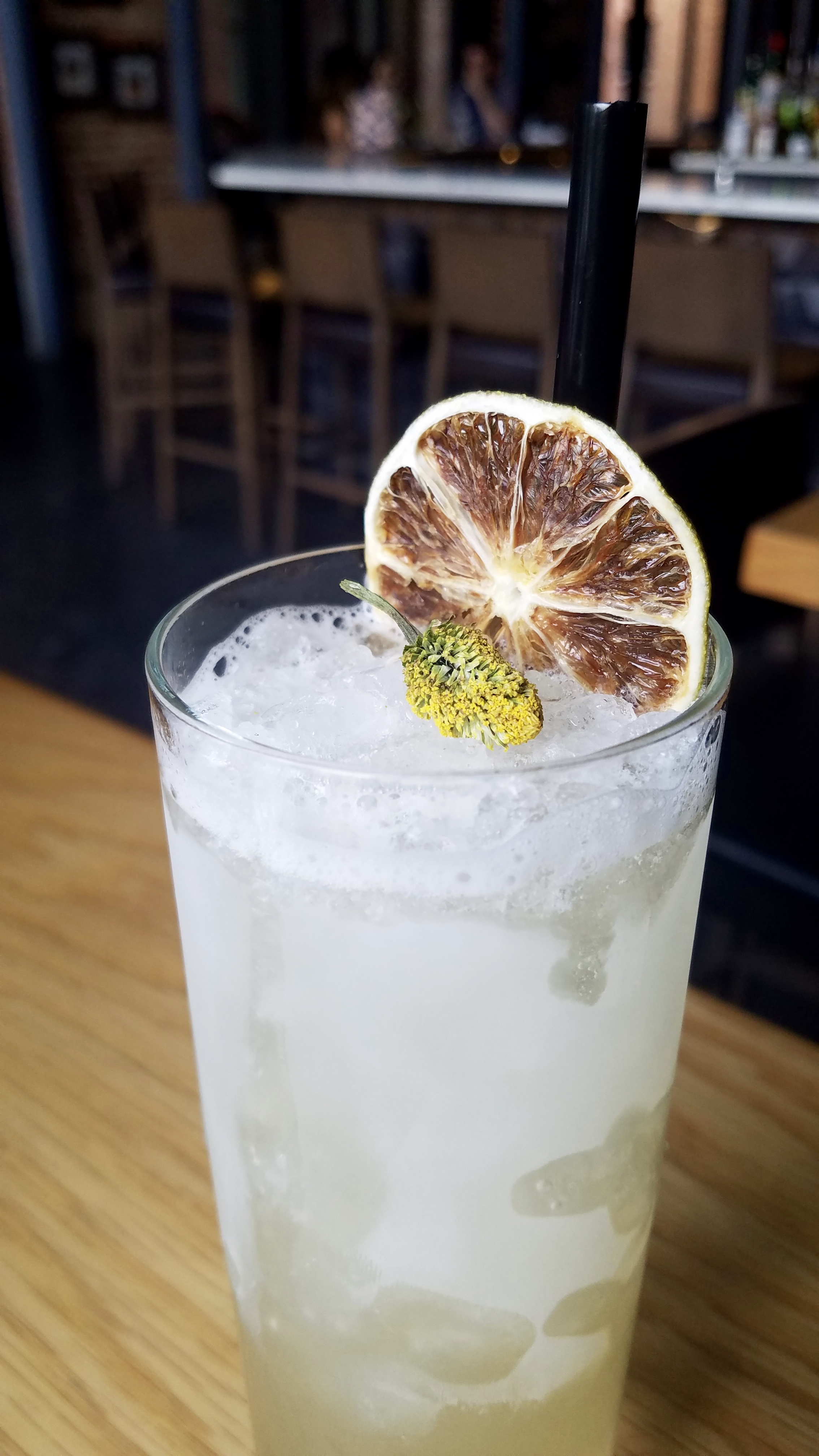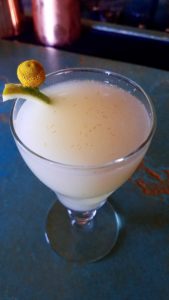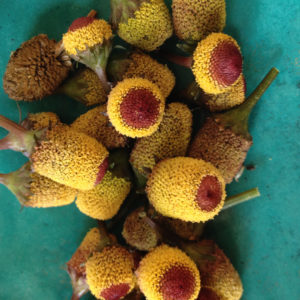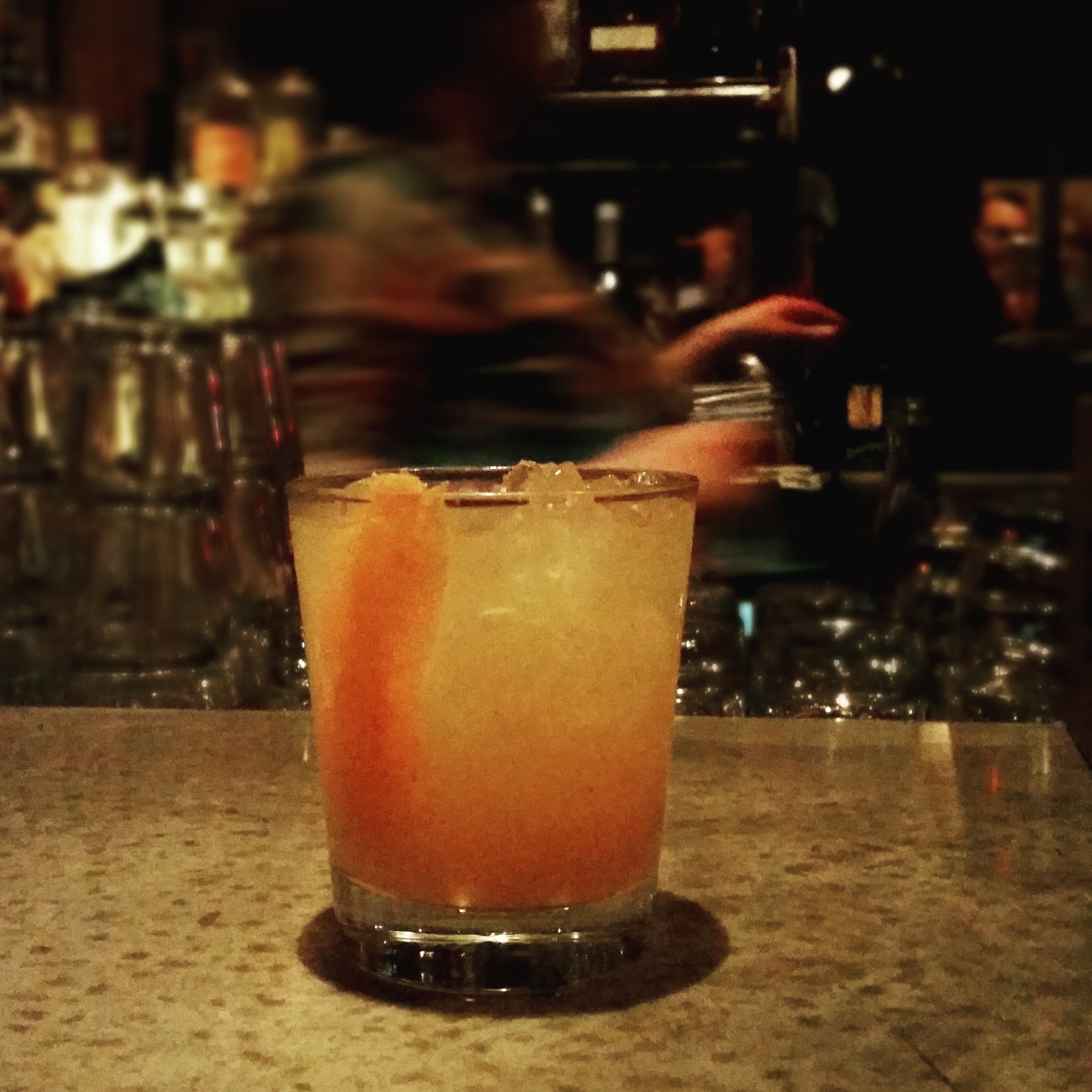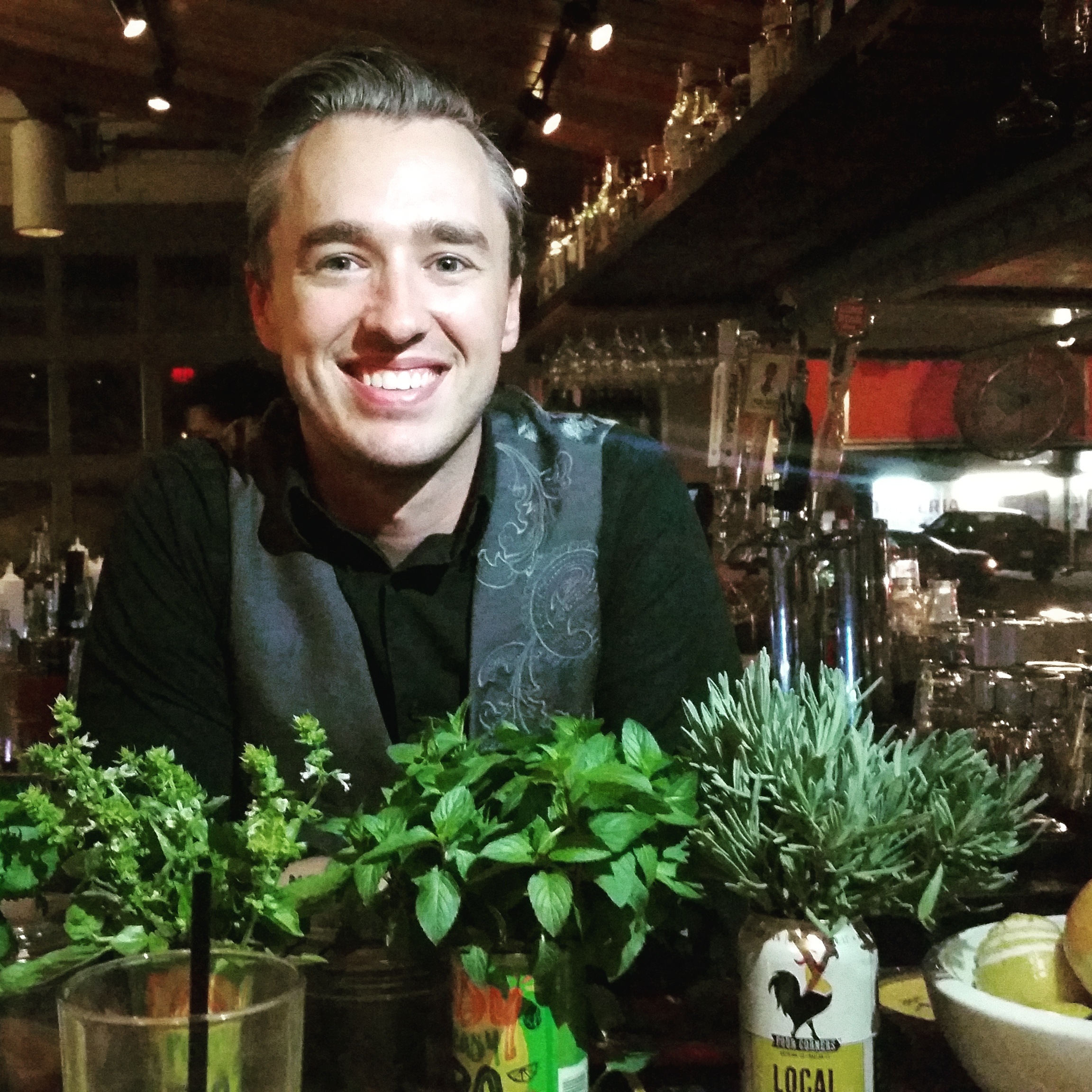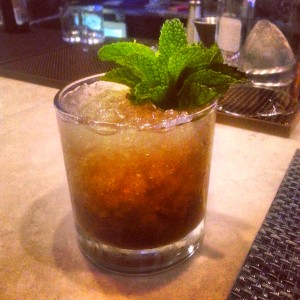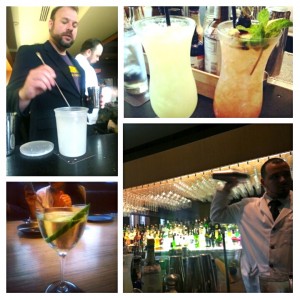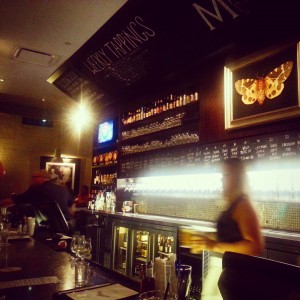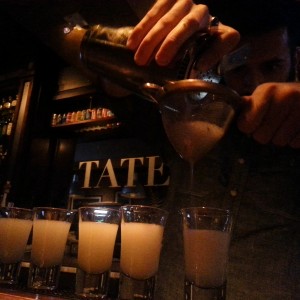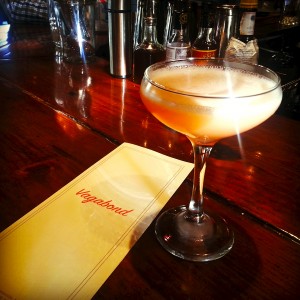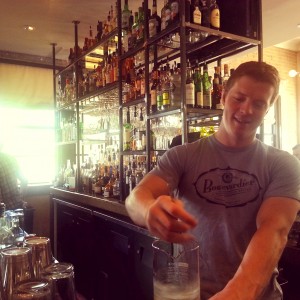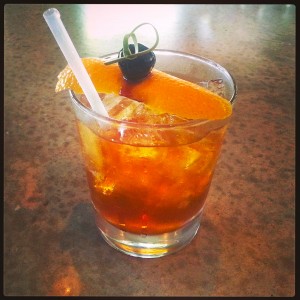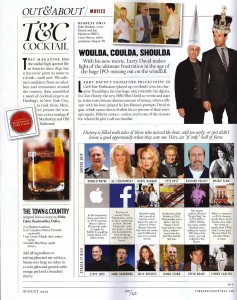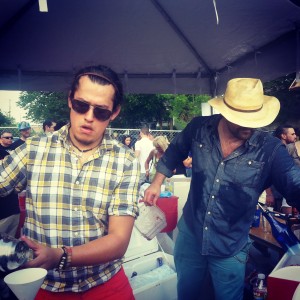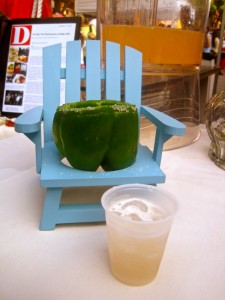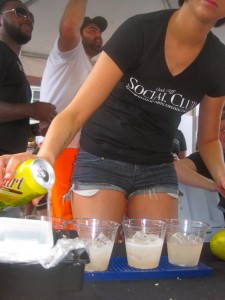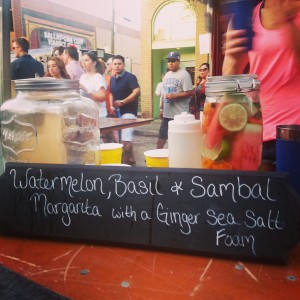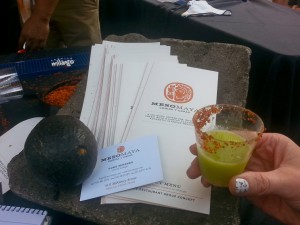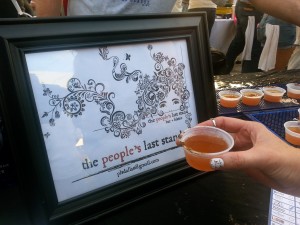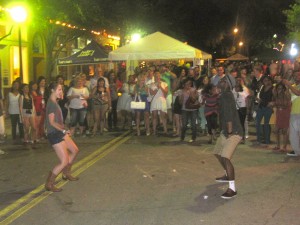The Italian bitter liqueur known as fernet is wildly popular in Argentina, where the earthy amaro is mixed with Coca-Cola to create what’s become known as the country’s national drink, the simply named Fernet and Coke.
Fernet is also wildly popular with Dallas bartender James Slater, who over the years has made a habit of incorporating the unabashedly bitter amaro into some of his more memorable cocktails. “It’s kind of my taste,” the Panamanian-born barman says.

So maybe it was destiny that Slater would be tapped to run the bar at Chimichurri, the Argentinian bistro that Jesus Carmona opened last fall in Dallas’ Bishop Arts District, where images of legendary Argentinian figures preside over bustling tables flowing with grilled meats and breaded milanesa — and where Slater serves up the requisite Fernet-and-Coke in a hollowed-out Coca-Cola can.
But Slater, who has helmed the bar at Dallas places such as Oak, Knife and the late Five Sixty, has taken his fernet fandom even further: Presented with the proper atmosphere, he’s now started making his own. The small-batch run he calls Guardian Angel can now be enjoyed at Chimichurri or taken home in sample 2-ounce bottles, each of which bears the image of an winged angel watching over a pair of innocents.
“Living in a pandemic in this world, many people have felt alone and forget that we have a guardian angel who, without our realizing it, has helped us many times,” he says. “We sometimes forget that, so that’s how I was inspired to name this amaro.”

If you’ve never tried fernet, you might be hard pressed to associate its taste with anything spiritual: It belongs to a family of Italian bitter liqueurs, or amari, whose levels of sweetness span a spectrum that can range from friendly to non-existent. Montenegro leans toward the former, with boldly red Campari somewhere in between; fernet — the mostly popular brand of which is the ubiquitous Fernet-Branca — embraces the latter.
A digestif traditionally served neat, it’s made by macerating and then aging a wide-ranging mix of herbs, spices and roots that typically includes saffron, cardamom and myrrh. One’s baptism into the fold is like meeting someone you never forget — the eccentric who announces her presence at the party, the nonconformist whose swagger carries no whiff of diplomacy. Fernet definitely makes an impression.
It’s said that Argentina consumes 75 percent of the world’s fernet, but a good portion of the rest likely goes to craft bartenders, who have been known to trade shots of it with each other so often that the drink became known as “the bartender’s handshake.”
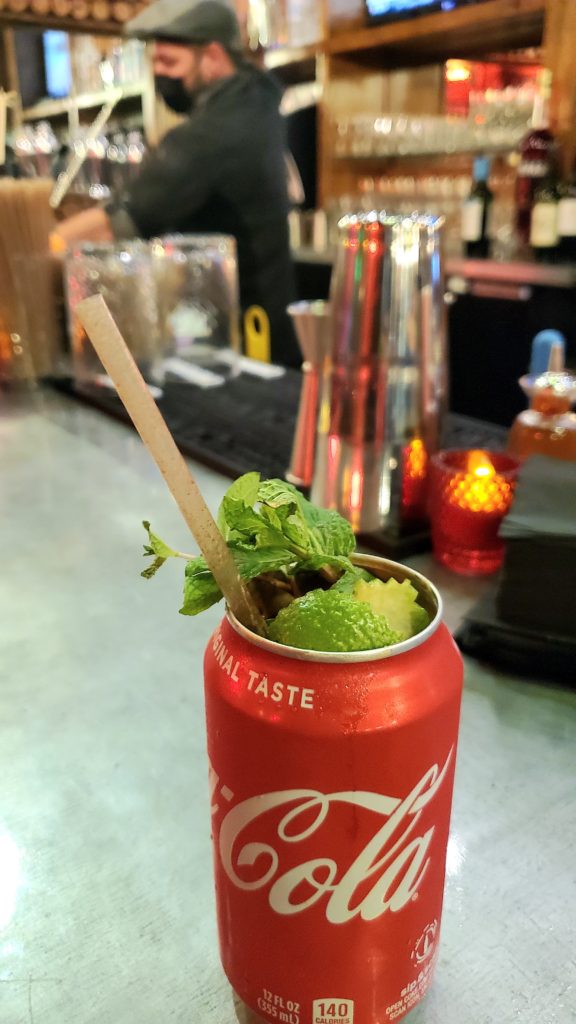
Slater has a knack for crafting drinks that temper fernet’s earthy bitterness with adroit hints of sweetness: At now-defunct Spoon, his Blue Moon cocktail blended it with blueberry preserves and a second Italian bitter, Averna; at Network Bar in Trinity Groves, he’d subbed blackberries for blue and replaced Averna with a ginger liqueur to create the bodacious Malta.
He loves the feat of taking an ingredient that people find challenging and countering it with others that both complement and build on it.
“People who taste it for the first time say it tastes like medicine, or they try to figure out the flavors,” he says. “That’s the cool thing, to watch people’s faces when they try it, then to make something unique and different. And making fernet is like — a process, like science. You build it and see it develop until you get the profile you want.”
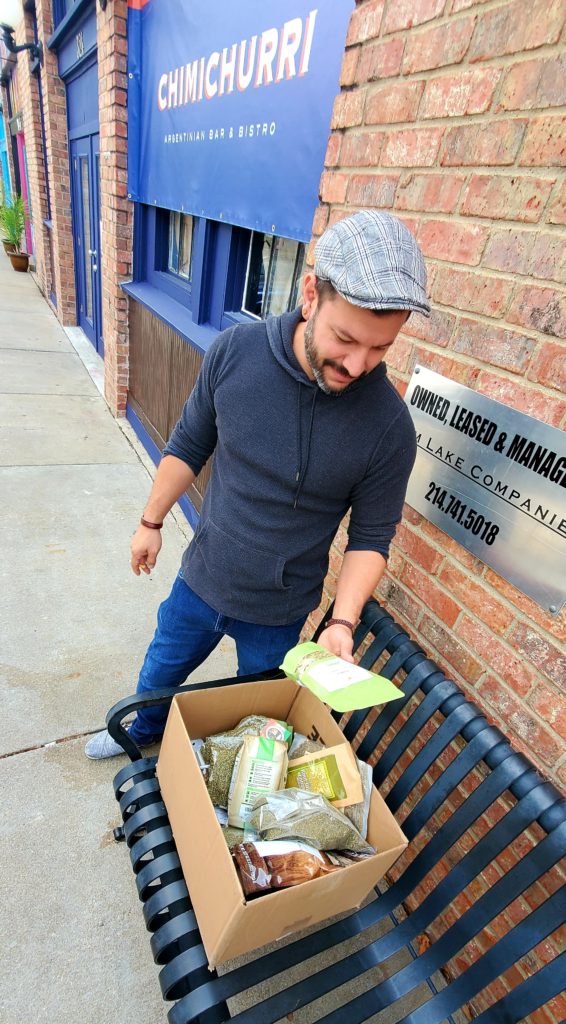
A few days before Chimichurri opened in November, Slater unloaded from his vehicle a box loaded with herbs, spices and roots that would comprise his 28-ingredient recipe. They ranged from rosemary, thyme, turmeric, dried galangal and orris root to South American influences such as purple corn, yerba mate and the herbs cedron and carqueja powder, both known for aiding digestion.
“I had to get some of these on Amazon,” he said. “But I wanted to make something really unique, something with Latin roots.”
The finished product, which had to sit for a couple of months before being unveiled, starts out like Averna with hints of sweet caramel before descending into fernet’s characteristically spice-and-root-soaked depths. The two-ounce bottles sell for $12 apiece.
Slater is pleased with his first run but is already pondering the sequel.
Not surprisingly, he says: “I think it needs to be more bitter.”
